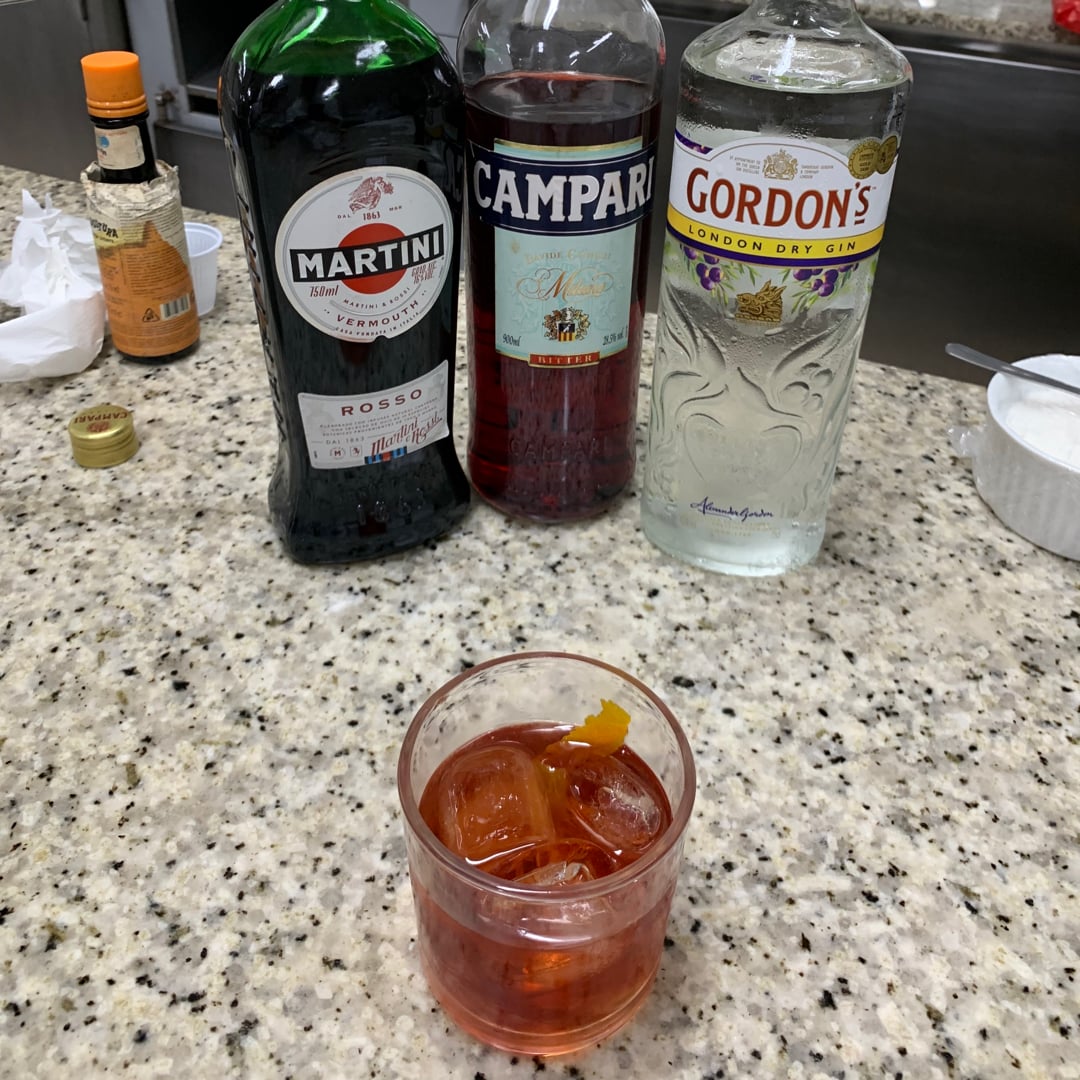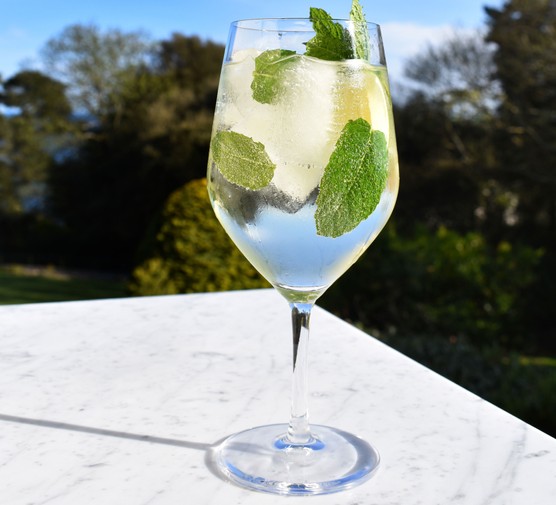
To work as a bartender, you must have a bartending license in order to be legally recognized in all 50 states. Because you can sell alcohol in a safe, responsible manner, it is important to have a license as a bartender. You can also get a better job and avoid lawsuits by having a bartending license.
How to get a Arkansas liquor permit
A liquor license in Arkansas is essential for bars, restaurants, taverns or other businesses that sell alcoholic beverages. The Arkansas Alcoholic Beverage Control, (ABC), regulates this license. Businesses are required to provide information about their owners and location as well as hours and hours of operation.
How to obtain a Arkansas liquor permit
Restaurants, bars and taverns can only sell alcohol to those over 21. There are some exceptions to the rule. A business must submit a request for a liquor license to ABC.
Depending on where the business is located, the application process may take anywhere from 40 days to six months. If you're opening a brand new establishment, it is important to start the application process immediately.

How to Locate a Arkansas Bartending School
Online education is the best way for you to find a bartending school. Online classes are available from many schools, but it is important to make sure that the school you choose is approved and accredited by your state.
Arkansas: How to become a bartender
A bartending school is required in most cases before you can receive a license. These schools train students in all aspects of the industry. You can find classes in wine tasting, cocktail creation and many other subjects.
When choosing a bartending school, you should consider your goals and preferences. You should choose a school that offers both training and job placement.
Arkansas barstending schools often have their headquarters in college towns such as Fayetteville, Hot Springs, and Hot Springs. These areas have a vibrant nightlife and create many opportunities for bartending jobs.
How to get a Arkansas bartending license
Arkansas offers many types of licenses for bartenders. These include retail beer, combination beer and wine, on premises beer and wine, small farm wine - retail, hotel/motel/restaurant mixed drink, and private club. After completing an education course, you can obtain a license as a bartender by passing the licensing exam.

A restricted employee license can be applied for by those just starting out in bartending. This permits you work under the direct supervision of a state bartender or server.
Arkansas: How to become a certified bartender
Once you have passed the certification and completed your education, it is time for you to apply in order to obtain a bartender's license. Arkansas Alcoholic Beverage Control (ARBAC) will review your application, and issue you a license.
Once you have your license, you can begin working at your new bar or restaurant. The liquor license process can take a while, but you should start it a few months before you plan to open your business. This way, you can give yourself enough time to deal with any issues that arise.
FAQ
What is the difference in a Manhattan and a martini, exactly?
A martini can be made by adding gin or vermouth to gin. To make a Manhattan, you add whiskey to sweet vermouth. Both drinks are best served chilled.
Why are there so many types of ice cubes available?
Ice cubes come with a variety sizes and shapes. Ice cubes are used to cool drinks and add flavor. Crushed ice can be used to make daiquiris; cubed ice can be used to make margaritas.
What kind of glasses should you buy?
You should choose glasses that can hold at most 4oz (118ml) of liquid. Glasses with a larger volume can heat up and lead to burns.
What can I do if my cocktail becomes too hot?
Put your chilled drinks in the refrigerator for five minutes before you start to worry about them getting too hot. You won't be able to heat them up as fast.
Statistics
- majority of pineapple juice and Malibu rum is only 21% alcohol content. (breakingtheboredom.com)
- According to a post on Quora, the average bartender can make upward of 140 drinks per hour. (gloworder.com)
- The tequila should be 100 percent agave, not the cheaper “mixto” products, which blend a minimum of 51 percent agave with other sugars. (cooking.nytimes.com)
- You can simply follow the rule of thumb: $1/beer or wine, $2/ cocktail, and 10-20% for large tabs. (alembicbar.com)
External Links
How To
How to make mixed beverages?
Mixed drinks are prepared from different ingredients such as spirits, juices, liqueurs, syrups, etc., which are combined together into one drink. Mixing a cocktail involves combining two or three liquors with water and ice to produce a beverage containing alcohol. It is usually made with fresh fruit juice, lemonade, soda water, tonic water, ginger ale, club soda, beer, wine, or any other type of alcoholic beverage.
The most common types of cocktails include the following:
-
Margarita – A Mexican cocktail that consists of triple sec (or Cointreau), tequila, lime juice, salt, and lemon juice.
-
Daiquiri: A Cuban cocktail made with rum, sugar, lime, and crushed ice.
-
Mojito - A Cuban cocktail consisting mainly of mint leaves and rum.
-
Gin and Tonic, a British drink that contains gin mixed with tonic.
-
Martini – A cocktail made with vermouth and vodka along with bitters and oil.
-
Whiskey sour - A whisky cocktail that consists of sweetened milk, lemon, and whiskey.
-
Sidecar is a French cocktail with orange juice, cognac, and grenadine.
-
Collins – A cocktail that consists of equal parts gin and fresh lemon juice.
-
Manhattan - This cocktail consists of sweet vermouth and sweet rye whiskey.
-
White Russian - A cocktail made with vodka, Kahlua and coffee liqueur.
-
Brandy Alexander – A cocktail made with brandy, creme du cacao, heavy whipping crème, and chocolate syrup.